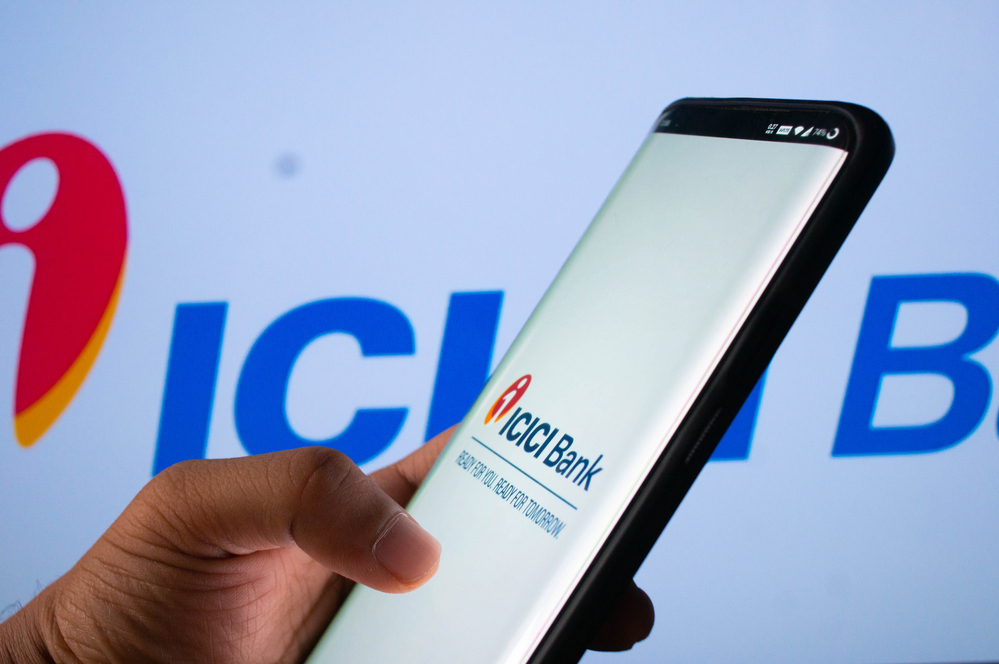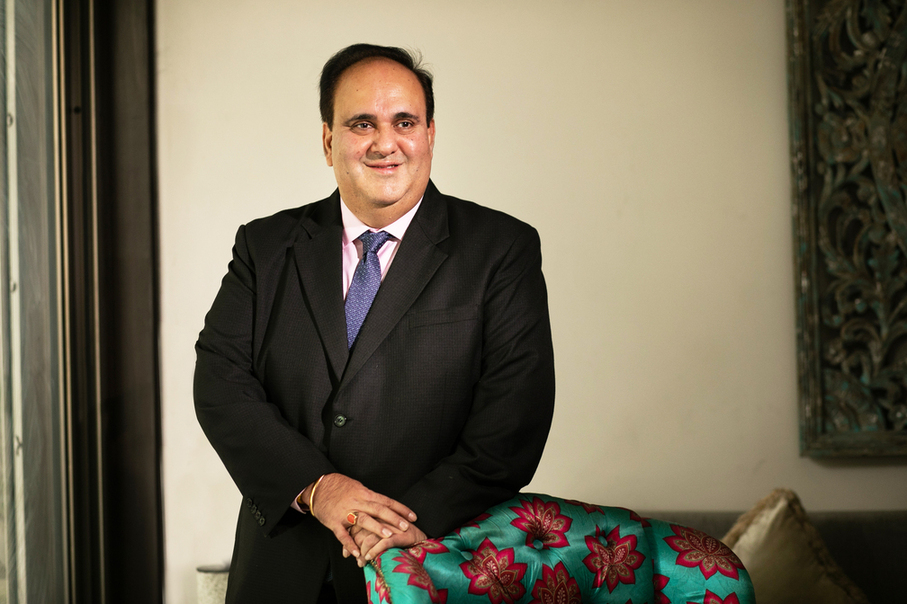How Middle-Class Families Can Plan Their Finances During COVID-19

Middle class is the stratum that builds our economy and resiliently works towards having a safe and secure future. It has always been considered as the backbone of any economy, and has a crucial social and political impact. They aspire for a better livelihood and can prove a dynamic force of change.
Albert Einstein had once said that "In the middle of difficulty, lies opportunity".
Managing contingencies
The unprecedented outbreak has had us locked in our homes and wondering about our finances. COVID-19 panic is all around. How it is going to shape up we don't know, many questions arising in our minds, cases around the world increasing day by day while we saw many countries successfully curbing it. Fear and uncertainty are taking control of the mind. People are keeping faith and courage among their loved ones with a smile, but uncertainty about the future is making that smile fade as days, month and quarter are passing by. Financial safety is a significant concern. Due to lockdown, the limited economic activity has caused everyone to wonder how the pandemic is going to impact their finances. While the future may be uncertain, it is critical to understand contingency planning or making sure you have adequate funds to meet your immediate expenses, including medical emergencies and health care. In a typical scenario, the thumb rule is to maintain three to six months of cash-flow of household expenses in liquid funds. In a worst-case scenario, whereby lockdown may be extended impacting your businesses or professional services, it makes sense to create a corpus that can be sustainable for at least 12 months. This can act as a buffer in case of any emergency.
While saving may be difficult, one can cut down on discretionary expenses and services. The immediate requirement for the middle-class families in the short term is to draw up a budget where on one side; they need to take into account all their income streams. It could be salaries, business income or consultancy income, rent from flat, government pension, interest from fixed deposits or government bonds, and dividends from companies. On the other side of the budget, they need to include their monthly expenses, which typically include groceries, school fees, rent or EMI for flat, mobile and electricity bills, costs related to running two and four wheelers, and medical expenses amongst others.
One can also move funds needed for contingency from long-term assets to shorter tenure liquid funds. An ideal model for your monthly budget is the 55/30/15 concept.
In this concept
A. 55 per cent of your salary should go toward expenses that are essential and non-negotiable, e.g. Food, rent, education, EMIs.
B. 30 per cent should be allocated to saving instruments like FD, mutual funds, insurance, which can secure your family's long-term future and meet expenses like medical, college fees, and weddings.
C. 15 per cent should be allocated for entertainment and recreational purposes, e.g., restaurants, movies, shopping, and travel.
Lockdown has dramatically limited our ability to wander out of our homes and spend money on recreational purposes. Hence, it is time to analyse what your family's essential needs are versus what they want.
Even a small cut in the expense of Rs 2000 per month can help you to build a corpus of Rs 10 lakh, by investing in equity SIP for 15 years (assuming 12 per cent CAGR return). If you manage to cut the expense by Rs 10,000 and start an equity SIP for 20 years, you will build a corpus of close to Rs 1 crore (assuming 12 per cent CAGR return).
It's an opportunity to build a healthy long-term portfolio.
Your Happiness = Your use of money + Your Values
For any middle-class family, their core assets are family and values. Most of us work hard to ensure that the short-term and long-term financial goals of our family are met. In these tough times, it is time to rethink and revisit our financial goals.
Asset allocation
Everyone should revisit their portfolio and the asset allotted to debt and equity instruments. Since the markets are in correction mode, it makes sense to continue with your existing investments.
The current state of your asset allocation will give you a sense of the mix of equity and debt in your portfolio. Also, within equity, calculate what proportion of your assets are allotted towards smallcap, mid-cap, and large-cap companies. Similarly, check your holdings in liquid, short-term debt funds versus long-term debt funds, bonds, and fixed deposits.
By calculation your holdings in various products, you can segregate your investments into liquid, semi-liquid and long-term securities. Basis of your risk appetite and need for funds, an earning individual can look at rebalancing the portfolio.
A shift from savings to consumption
A report published by CRISIL states that India's savings rate has declined sharply in recent years. Savings rate or the proportion of gross domestic savings in GDP peaked at 36.8 per cent of GDP in fiscal 2008, and it has since trended down, recording 30.5 per cent in fiscal 2018. While India's savings rate has fluctuated in the past, the magnitude and length of decline this time around is unprecedented.
Given India's booming young population (about 70 per cent of the working-age population in India falls in the 20-40 years category), households are becoming consumption-centric. Physical savings, which is primarily, real estate has declined from 15.9 per cent in fiscal 2012 to 10.3 per cent in fiscal 2018. Financial savings have declined, too, from 7.4 per cent to 6.6 per cent.
The author is the Executive Vice President, YES Securities








